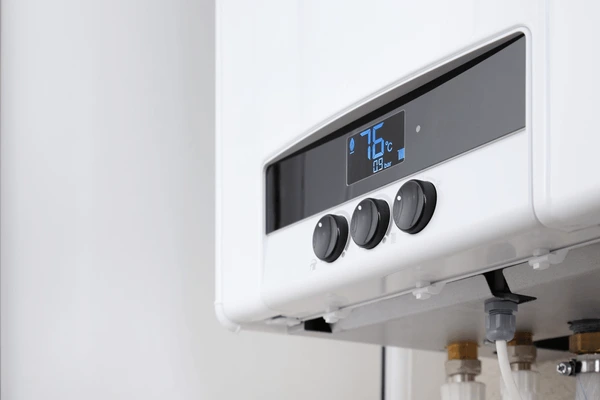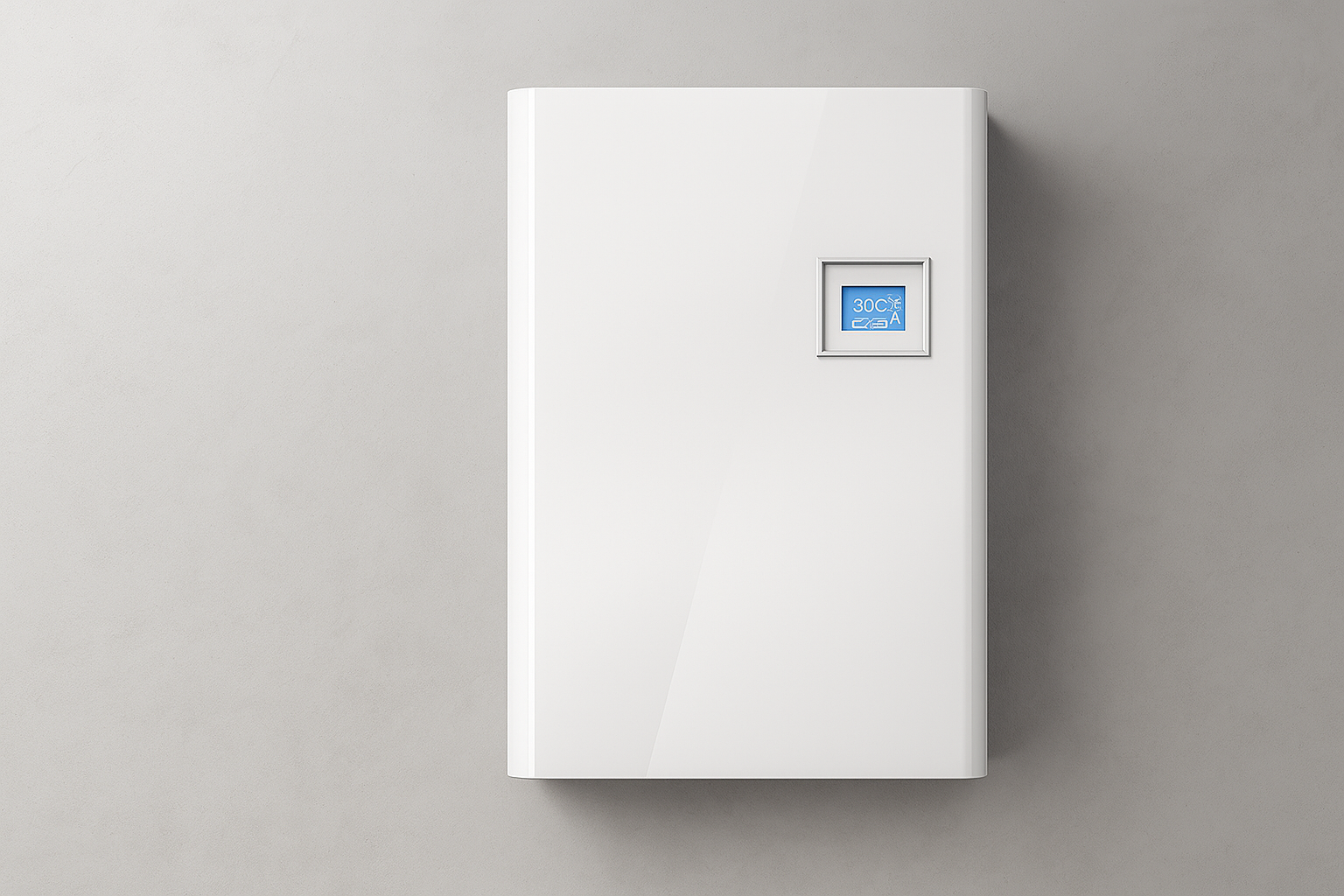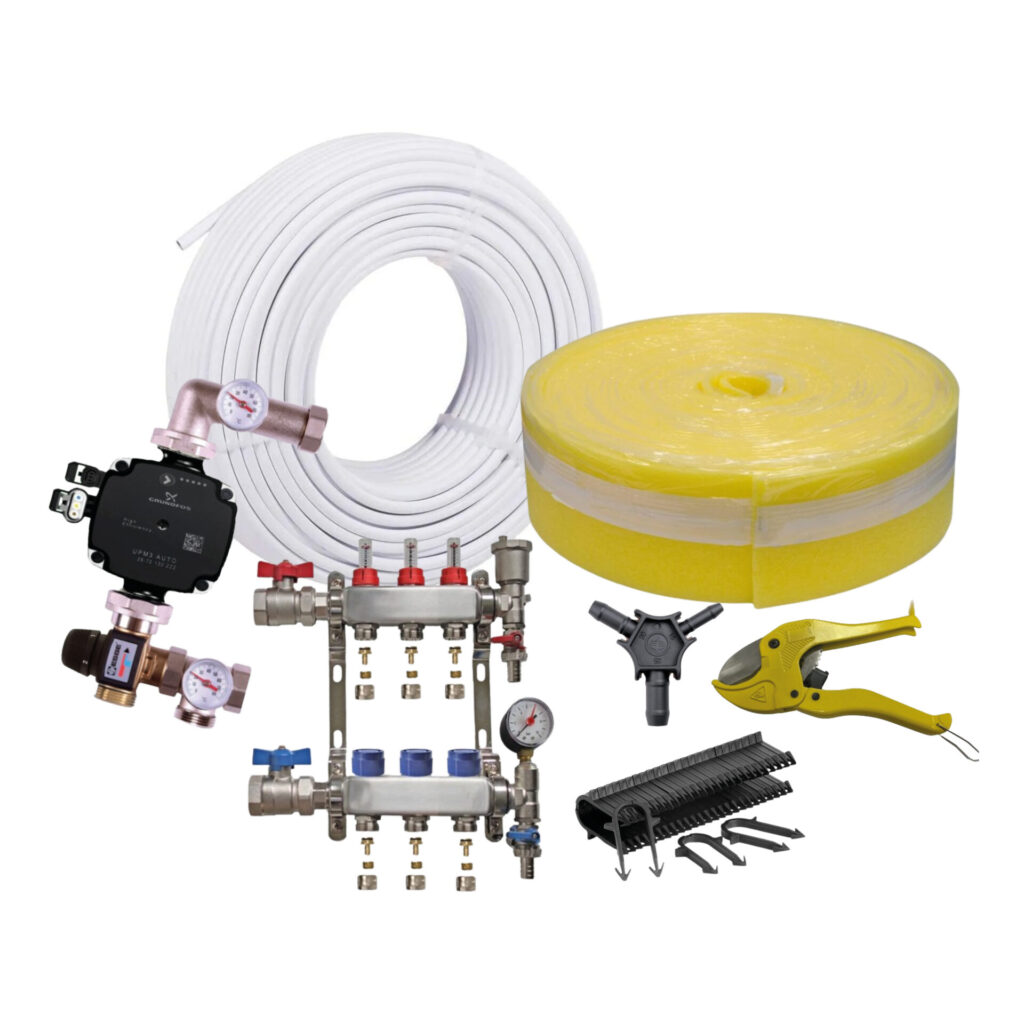Wet Underfloor Heating Guide: Know Before You Buy
Researching wet underfloor heating can feel overwhelming, especially with so many options available. This Wet Underfloor Heating Buying Guide explains how wet UFH works and what type of home it is suitable for. We also provide details on how to choose the correct system for your project, what materials are needed, and some recommendations of what you should look out for when purchasing.

What is Water or Wet Underfloor Heating?
An underfloor heating manifold is connected to a heat source such as a a boiler or air source or ground-source heat pump. Pipes are run from this manifold under the floor of every room and warm water is circulated through these pipes floor to heat up the floor.
A thermostat (there can be more than one depending on the number of zones) is fitted to your system so you can control the room temperature. Floor temperature can also be controlled which is important for some timber floors with maximum temperatures.
If you’re still deciding between a water-based or electric system, our electric vs water underfloor heating guide explains the key differences in cost, installation, and performance to help you choose the right system for your needs.
Pros and cons of water UFH
1. Wet Underfloor Heating is compact and efficient
Wet Underfloor Heating systems once installed are compact, efficient and all the various components are essentially hidden from view. With no unsightly radiators making your walls ugly you will be left with a lot more room space.
2. Very cost effective in the long-term
A water based underfloor heating system will result in cheaper heating bills in the long-term. Additionally an underfloor heating system will add a great deal of value to your property.
3. Reduction in your water heating costs
Wet Underfloor systems heat water at a much lower temperature compared to a standard radiator so you will see a reduction in your water heating costs.
4. Smart Stat Control from anywhere
A wet underfloor system, once installed, will be wired up to a Smart Thermostat , so not only will you have complete control the UFH system in your home but from anywhere you might be. Smart Thermostats connect to the internet and with an equivalent app on your iPhone or Android device, you can turn your heating on before heading home from work or even when returning from holiday.
5. Virtually no maintenance
Again, once professionally installed, your wet underfloor heating system will require virtually no maintenance. The pipes used are plastic and normally guaranteed for around 50 years depending on the supplier. No more costly call outs to fix a dodgy radiator.
Water UFH Suitability
Water underfloor heating is suitable for both new builds and renovation projects. It is well suited to medium and large installations and can be installed on ground and upper floors. It is extremely adaptable to your living environment and can be covered with most floor coverings.
Perfect for New Builds – If you are a new build and considering underfloor heating, installing pipes within your subfloor is the method for you. This will have minimal impact during the building phase as floor heights have not yet been established. This provides a high heat output which can be customised easily to your requirements.
Retrofit installations – wet underfloor heating can also be installed retrofit using various methods. The system can be installed on top your current subfloor using a low profile overlay system. Pipes can also be installed between joists on ground and first floors using spreader plates, in joist panels or a dry screed system.
Although wet UFH is versatile, there are a few situations where it is not recommended:
- Small projects (single rooms below 5m²) – The starting components can be costly, making the initial setup price higher. It is also less efficient to run a small system compared to a larger one.
- Instant heat requirements – Wet UFH works best for maintaining a steady background temperature. If only need quick bursts of heat, e.g. for an hour a day, it may not be the right choice.
For these types of projects, we recommend considering electric underfloor heating instead.
Heat Source Considerations
Wet UFH can be connected to any hot water heat source, but your choice of heat source may affect the pipe spacing throughout your property. Running the system at a lower temperature may require closer pipe spacing to ensure sufficient heat output. Before you buy It’s important to evaluate your heating requirements carefully to determine the correct amount of materials for your project.

Air / Ground Source Heat Pump
100 – 150 mm Pipe spacing
The perfect partner for underfloor heating. As a low-temperature heat source, it allows the flow to enter the system directly.

Gas Boiler
150 – 200 mm Pipe spacing
Well suited to underfloor heating systems. A blending valve reduces flow temperature making it compatible with both UFH and radiators.

Electric Boiler
150 – 200 mm Pipe spacing
Compatible with wet underfloor heating systems. However, consider installing an air source heat pump to help reduce running costs.
Type of water UFH available
There are various installation methods to consider before purchasing any materials. The system you choose will depend on your current subfloor and budget. We’ve included a table to help you select the best option for your project. For more information and an example, check out our blog to find the best underfloor heating system for your project.
|
System Type |
Suitable For |
Typical Pipe Spacing |
Description |
|---|---|---|---|
|
screed |
New Build |
100mm, 125mm , 150mm, 200mm |
Pipes are secured to insulation and embedded in a screed. High thermal mass means its very energy efficient |
|
Low Profile Overlay |
Retrofit |
150mm / 120mm |
Allows installation on top of existing solid floor. Perfect for retrofit installation, meaning you don’t need to lift floorboards or dig up concrete. |
|
Between Joist |
New Build/Retrofit |
133mm / 200mm |
Between joist installations allow floor height to remain the same. Provides the opportunity to add insulation, various methods include spreader plates or in-joist panels. |
|
Grooved Chipboard |
New Build/Retrofit |
150mm |
Replaces current floorboards and provides great heat transfer to the room above. |
What to consider before you buy
Installation
Once you have decided on what wet UFH system to purchase, installation can be carried out by a competent DIYer or a professional installer. The floor pipes can be laid in various patterns to ensure optimal heat distribution. All orders through our quotation request come with a pipe layout diagram as standard. We recommend a heating engineer connects the system to your heat source and an electrician takes care or all electrical work. It’s important to fully understand the installation steps before starting any work.
Manifolds
Manifolds are used in wet underfloor heating systems to control the flow of water through the system to provide an even, comfortable warmth across the whole floor. The manifold acts as the hub of a heating system connecting both your supply and return lines in a central place. A manifold is made up of a flow manifold and a return manifold. The flow manifold features flow meters that clearly indicate the flow rate achieved in each loop. Each loop on the return bar has a valve to open/close the loop – this is normally controlled by an actuator valve, which responds to the call for heat from a room thermostat.
System Control
The next area to consider in our wet underfloor heating buying guide is how to control the system. Each zone/room can be controlled independently, with temperature monitored by a thermostat. Zoning is down to personal preference although more zones requires more thermostats, increasing cost. Check out our blog for more information about how to control your underfloor heating
Various thermostat options are also available including dial, wired, wireless and smart thermostats. We recommend using smart thermostats that connect to the internet with an equivalent app on your iPhone or Android device. This allows system control from anywhere giving complete control of the system. Find out more about the functions and features using our smart themrostat buying guide.
Recommendations from the VPS team
Single Zone – Screed
If you are installing a single-zone system in a new build, we recommend exploring our range of Single Zone Water Underfloor Heating Kits. These kits include all the premium components needed for an efficient UFH setup.
Manifolds
The manifold is the central hub of your system, so it’s crucial to choose a high-quality unit with a manufacturer’s warranty to ensure long-lasting performance.
- Our Stainless Steel 304 manifolds come with a 5-year warranty and feature Taconova flow meters as standard.
Pipe
There are many UFH pipe options available on the market. We recommend choosing pipework with a minimum 25-year warranty. Pipes with an aluminium core are also highly beneficial for improved heat output and dimensional stability.
- Our PERT-AL-PERT pipe is WRAS approved and comes with an impressive 50-year warranty.
Thermostats
We recommend selecting thermostats and controls from market-leading brands. Choosing high-quality controls ensures long-term reliability and access to dependable warranties.
- We stock trusted names like Heatmiser and Salus, both offering 2–5 year warranties.
- For a more premium and modern solution, we also suggest upgrading to WiFi-connected thermostats. These not only look better but also allow you to control your heating from anywhere, offering added comfort and convenience.
Pump & Blending Valve
A circulation pump and blending valve are key components of your system. Always choose high-quality products to maintain system efficiency and avoid failures or unnecessary maintenance costs.
- We stock market-leading brands, Grundfos and ESBE, known for their efficiency and performance. These are the key components that make up our manifold control pack.
Overlay Boards
Choosing the right overlay boards can feel overwhelming. Both EPS and XPS are excellent options — just make sure the aluminium coating is 200 microns thick to ensure maximum heat transfer through your floor coverings.
- Our XPS400 and XPS500 boards are great choices for low-profile overlay systems. They feature 200-micron aluminium foil and offer a minimum strength of 4000 kPa for durability.
- The XPS500 boards also have 120mm pipe spacing, which is especially beneficial when using a low-temperature heat source.
Give us a call on 0141 459 3141 to talk to one of the team or choose one of the options below to start your wet underfloor heating journey. Send us your plans and we’ll get back to you with a breakdown of what you’ll require to get your installation up and running.







